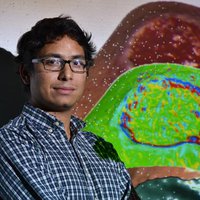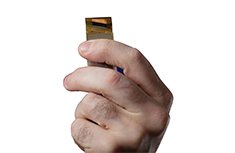Biotechnology & medicine
Jonathan Viventi
A high-resolution interface reveals the brain storms of people suffering seizures.
Illustration by Lynne Carty; photo courtesy of NYU; data from World Health Organization

Latin America
Fernando Zvietcovich
He has developed a 3D modeling software for cutaneous leishmaniasis injuries

Latin America
Camila Petignat
She has created more nutritional and easier to digest forage crops that could increase livestock productivity and cut down on emissions

Global
Maria Nunes Pereira
Patching holes in the hearts of sick infants.

Asia Pacific
Juliana Chan
A targeted infusional treatment for injured vasculature

